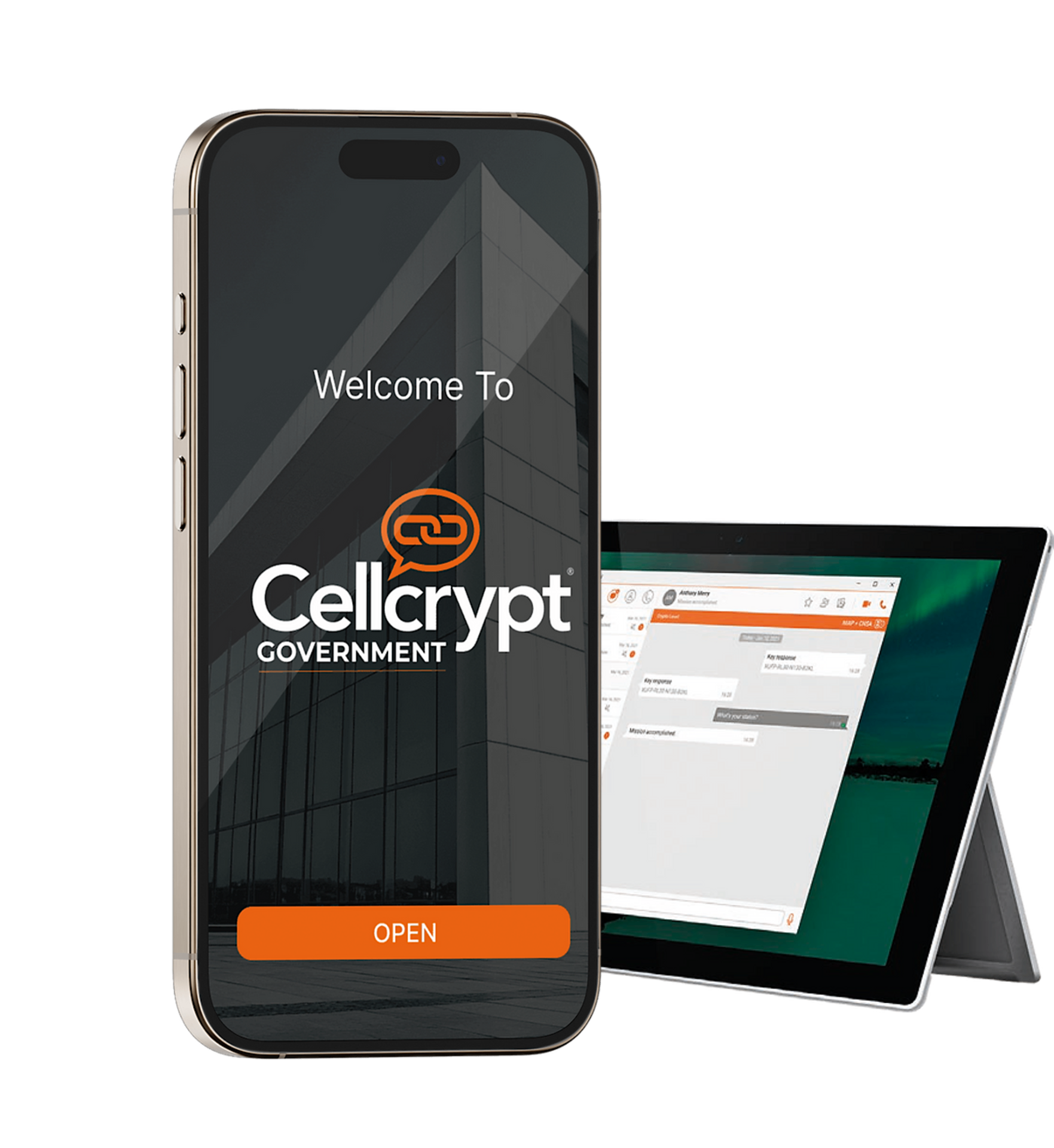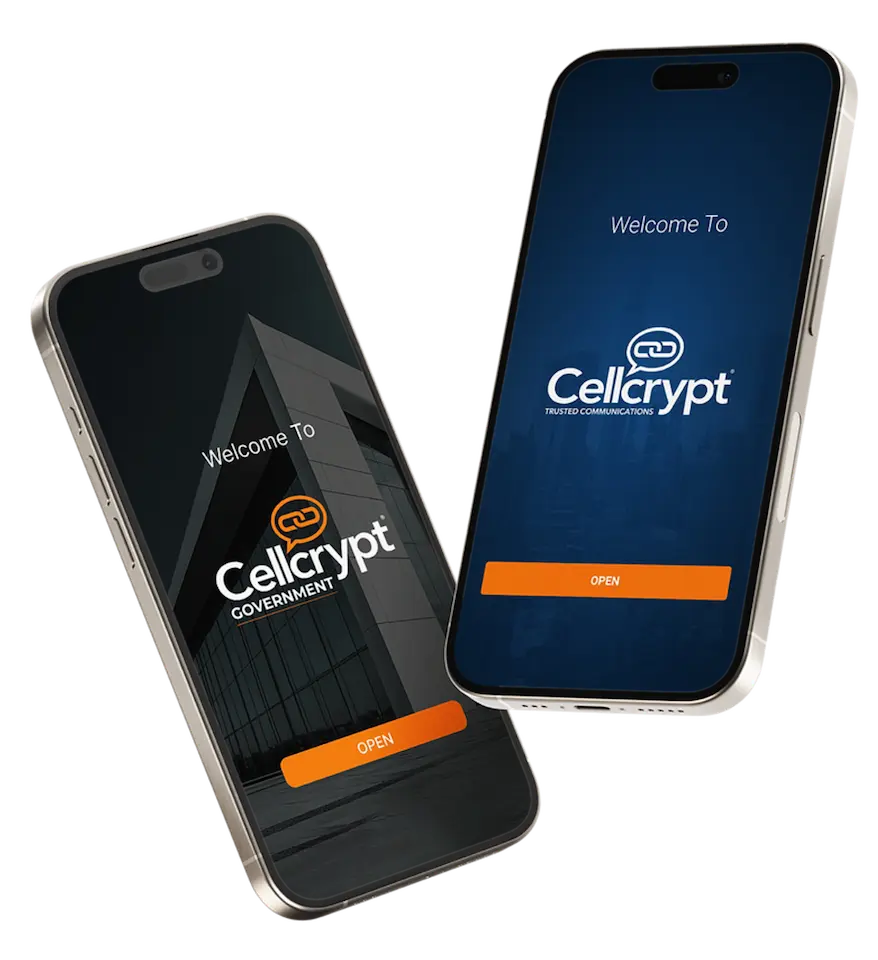
Government Approved & Standards Compliant
Trusted by Five Eyes nations and NATO allies for mission-critical communications
Certified Secure
FIPS 140-2 Level 2 certified hardware security modules ensure cryptographic operations meet government standards
Standards Adherence
Full compliance with Suite B cryptographic algorithms and Common Criteria EAL4+ security evaluations
Alliance Trust
Deployed and trusted by Five Eyes intelligence communities and NATO member nations for secure communications
Secure. Proven. Yours.
Three pillars of government-grade communication security
Secure
Military-grade encryption standards
- 256-bit AES encryption
- Multi-Layered Cryptography
- Post-Quantum Ready
- Defence in Depth
Proven
Battle-tested in the field
- Deployed in 40+ countries
- Government operational use
- Five Eyes trusted
- Mission-critical ready
Yours
Complete white-label solution
- Custom app name & icon
- Branded UI colors
- Self-Hosted
- Cloud, On-Premises or Air-Gapped
Complete Communication Suite
Everything your operations need in one secure platform
End-to-End Encrypted Voice & Video Calls
Crystal-clear encrypted communications with military-grade security
Classified-grade File & Photo Transfer
Secure transmission of sensitive documents and intelligence
Secure Messaging & Group Chat
Encrypted team communications with disappearing messages
Offline Voice Messaging
Record and send encrypted voice messages without connectivity
Post-Quantum Ready Key Exchange
Future-proof cryptography against quantum computing threats
Granular Admin Console
Complete control over users, policies, and security settings
Why White-Label Matters
Cellcrypt can be re-branded or white-labelled to an organisation's or unit's specification. This includes a new App Icon, splash/login/PIN Lock screens and the overall color scheme. White-labelling can be used to support significant travel or event situations.
Brand Trust
Personnel trust familiar organisational branding over third-party apps
Operational Security
Hide the fact that secure communications are being used
Data & Comms Separation
Communications separation through multiple white-labels
Redundant Network
Apps on different networks creates resilience through redundant connections.
Multi-App Deployment
One device, multiple secure channels
Family and Welfare Calling
Connected to AWS/Azure
Classified Operations
Air-gapped infrastructure
White-Label Example: Special Operations Use Case
Burner phone with dual communication channels
As more than one Cellcrypt app can be installed and run on a device, having multiple instances allows for complete communications and data separation. For example, on a Special Operations burner phone:

Deployment & Integration
Flexible deployment options for any environment
Deployment Options
- • On-Premises
- • Private Cloud
- • Air-Gap Networks
- • Hybrid Configurations
MDM/UEM Support
- • Microsoft Intune
- • BlackBerry UEM
- • VMware Workspace ONE
- • Self-Hosted
API Integration
- • Mission systems
- • C4ISR platforms
- • Identity providers
- • Custom integrations
Operational Use Cases
Proven in the field across diverse mission requirements
